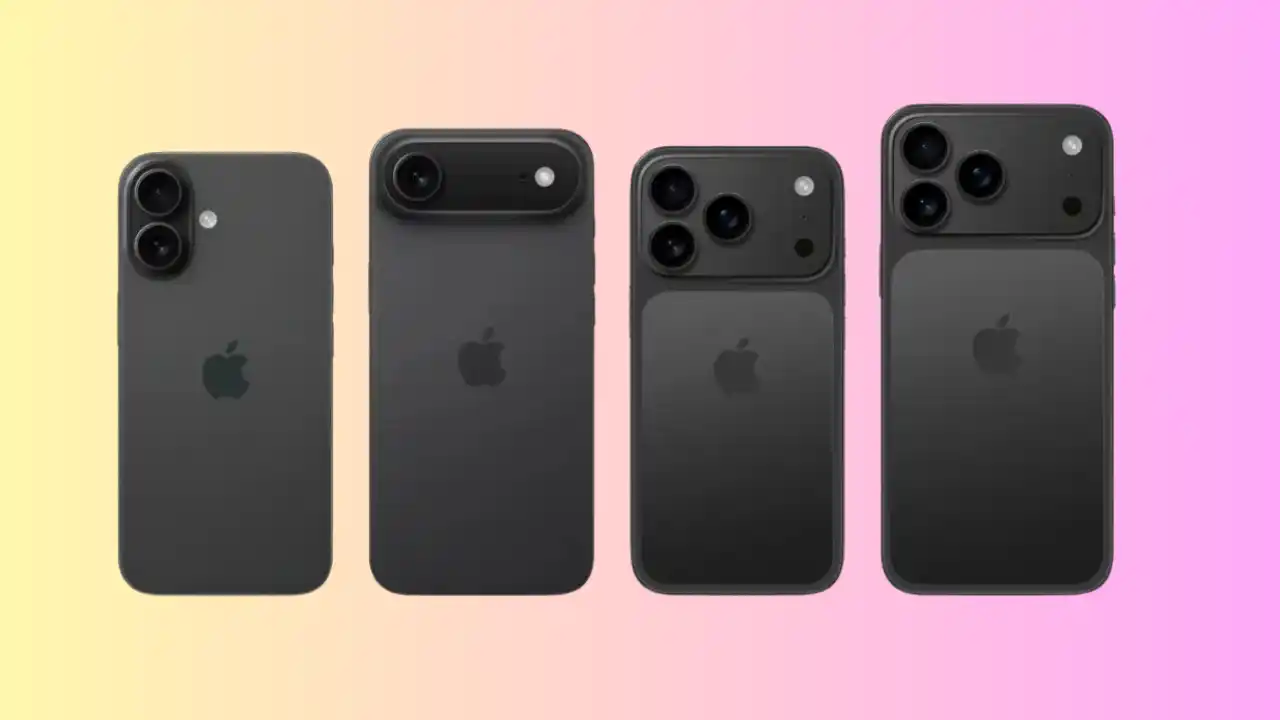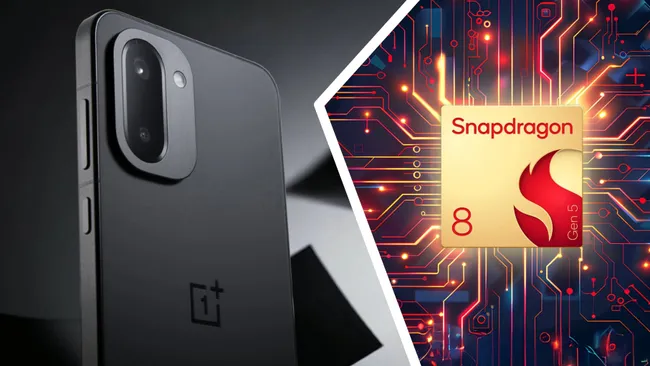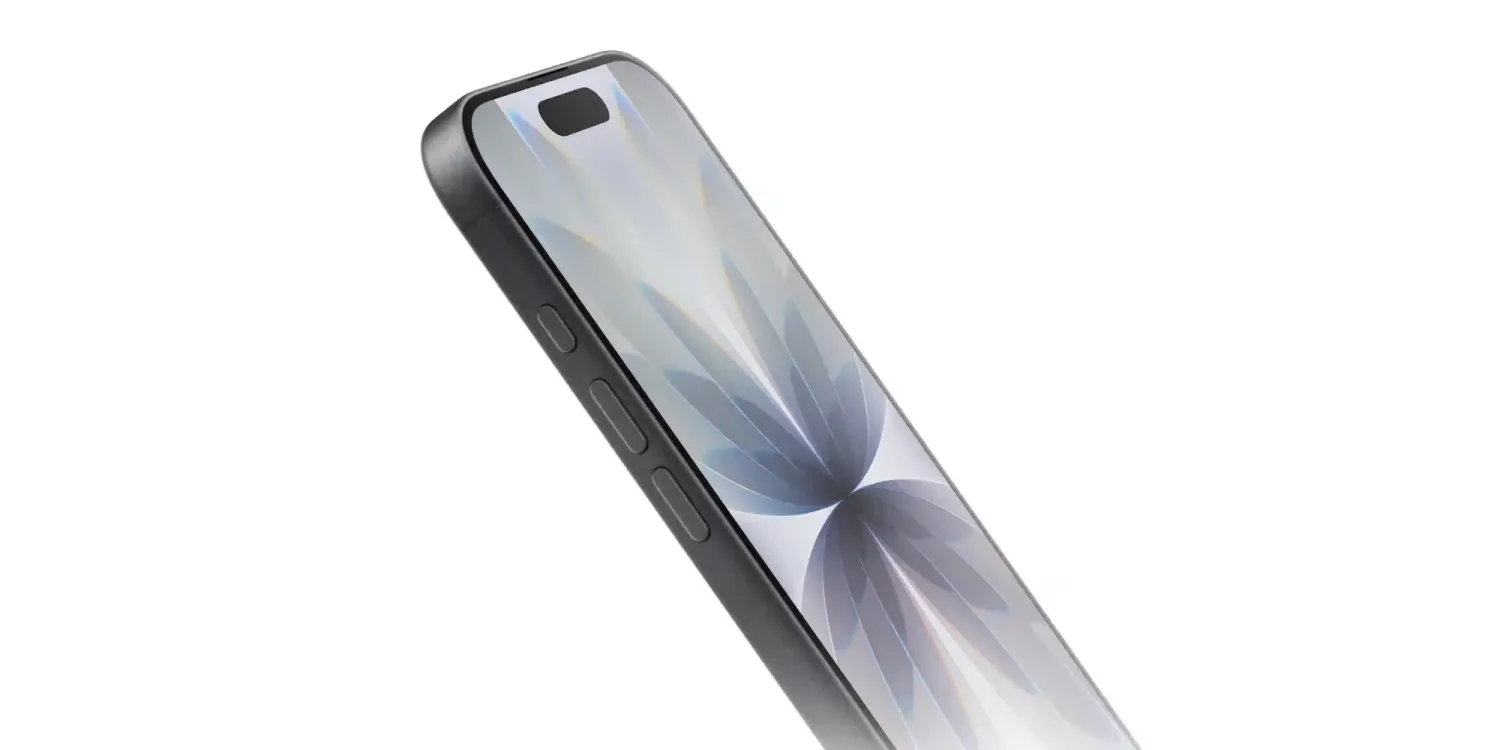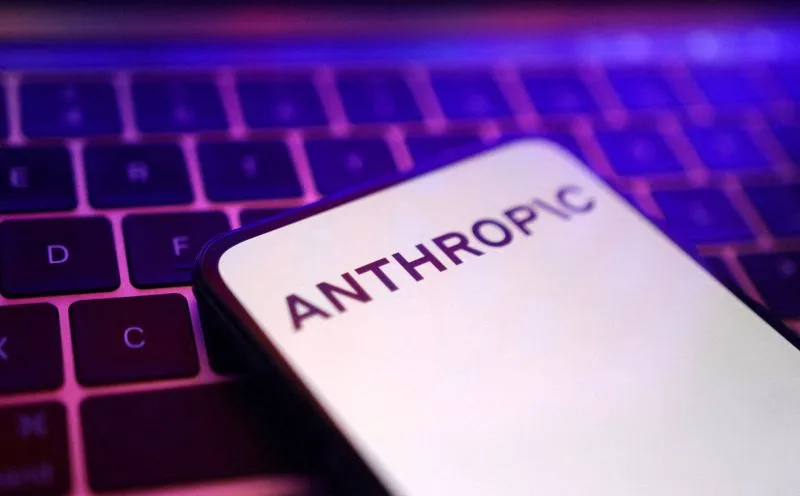August 7, 2025
As Apple prepares to unveil its highly anticipated iPhone 17 lineup next month, strong indications suggest that the company will introduce a price hike across its higher-end models—marking a notable shift in strategy and signaling the impact of rising manufacturing and geopolitical costs.
Expected Price Increases
Analysts and industry insiders anticipate that the iPhone 17 Air (also referred to as the iPhone 17 Slim), iPhone 17 Pro, and iPhone 17 Pro Max will all receive a $50 increase over their predecessors. The entry-level iPhone 17 is expected to retain its $799 price point, helping maintain a more accessible option in the lineup.
Based on the rumored adjustments, expected starting prices are:
- iPhone 17 Air: ~$949
- iPhone 17 Pro: ~$1,049
- iPhone 17 Pro Max: ~$1,249
These increases come amid growing pressures from tariffs, component shortages, and Apple’s ongoing push for more advanced technologies.
What’s Driving the Cost Hike?
Several key factors appear to be driving Apple’s decision to raise prices:
- Rising Tariffs and Trade Tensions: Ongoing tariff threats and trade policy shifts, particularly involving China and India, have significantly increased Apple’s operating costs. With much of the iPhone’s production and assembly taking place in these regions, Apple is absorbing higher import and logistics expenses.
- More Expensive Components: The iPhone 17 lineup is expected to feature new and thinner display technologies, improved battery systems, and next-gen chipsets that cost more to manufacture. These upgrades, while innovative, push Apple’s production budget higher.
- Design Overhauls: Especially with the iPhone 17 Air, Apple is rumored to be introducing a major form factor change that results in a thinner and lighter body. New manufacturing processes tied to this design may have contributed to increased R&D and tooling costs.
- Currency and Inflationary Effects: As global inflation remains elevated and currency fluctuations continue to impact international pricing, Apple may be adjusting its U.S. pricing to buffer against these variables.
Consumer Sentiment and Strategy
While some consumers may balk at the rising price tags, Apple is likely to position the changes as a necessary step in delivering “cutting-edge innovation.” The brand’s loyal customer base may continue to embrace premium pricing, especially if the iPhone 17 series introduces meaningful improvements in performance, battery life, photography, and AI integration.
However, analysts also suggest that Apple may focus more on trade-in offers and financing plans to ease the impact of higher prices on consumers.
What to Expect at the September Launch
Apple is expected to announce the iPhone 17 series in early September, continuing its tradition of high-profile product reveals. If the current pricing rumors hold true, this will be the most expensive iPhone lineup ever introduced—at least for the higher-end models.
Still, with features like slimmer bezels, brighter displays, and performance enhancements on the horizon, Apple is betting that value—not just cost—will drive demand.
Bottom Line:
The iPhone 17 series is shaping up to be a more powerful and refined evolution of Apple’s flagship, but it’s likely to come with a higher price tag for most models. With supply chain and policy headwinds affecting the entire tech sector, Apple’s pricing decisions reflect broader global realities—and the premium consumers may need to pay for innovation in 2025.
















Leave a Reply